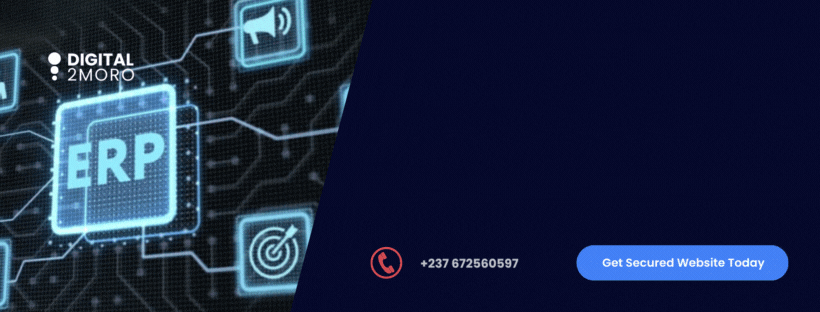Trending News
27 July, 2024
24.51°C
New York

Choosing the right Enterprise Resource Planning (ERP) solution is a pivotal decision for businesses seeking to optimize their operations. In this guide, we’ll delve into the comparison between Cloud ERP and On-Premises ERP, shedding light on the differences, benefits, and considerations to help businesses make informed choices based on their unique needs.
Cloud ERP is a software solution hosted on external servers and accessed through the internet. Key features and benefits of Cloud ERP include:
Accessibility: Cloud ERP enables remote access from any location with an internet connection, fostering flexibility and collaboration among distributed teams.
Cost-Efficiency: With no need for on-premises hardware, businesses can enjoy cost savings related to infrastructure, maintenance, and support.
Scalability: Cloud ERP solutions offer scalable plans, allowing businesses to adjust resources based on their evolving needs, whether scaling up or down.
On-Premises ERP involves hosting the software and infrastructure within the organization’s physical premises. Key features and benefits of On-Premises ERP include:
Control: Organizations have full control over their ERP environment, including data security, customization, and system management.
Customization: On-Premises ERP allows for extensive customization to meet specific business requirements, providing a tailored solution.
Data Security: With data stored on-site, businesses have direct control over their security measures, ensuring compliance with industry standards.
Understanding the distinctions between Cloud ERP and On-Premises ERP is crucial for making an informed decision. Key differences include:
Ownership and Control: Cloud ERP is managed by external providers, while On-Premises ERP is hosted and maintained in-house, giving businesses more control.
Cost Structure: Cloud ERP follows a subscription-based model, with ongoing operational costs. On-Premises ERP involves upfront capital expenditure but lower ongoing costs.
Deployment Time: Cloud ERP typically has a faster deployment time, allowing businesses to get up and running quickly. On-Premises ERP may require longer implementation timelines.
When deciding between Cloud ERP and On-Premises ERP, businesses should consider factors such as:
Budget: Evaluate upfront costs, ongoing expenses, and the financial structure that aligns with your budget.
Flexibility: Assess the scalability and flexibility needed for your business, considering factors like growth projections and changing operational needs.
Security Requirements: Evaluate data sensitivity and security requirements to determine the most suitable deployment model.
In conclusion, the choice between Cloud ERP and On-Premises ERP depends on various factors, including business goals, budget constraints, and security considerations. By understanding the key differences and benefits of each model, businesses can make informed decisions to implement an ERP solution that aligns with their unique requirements, driving operational efficiency and growth.




Follow Us
Copyright 2024 – All Rights Reserved | Digital 2Moro